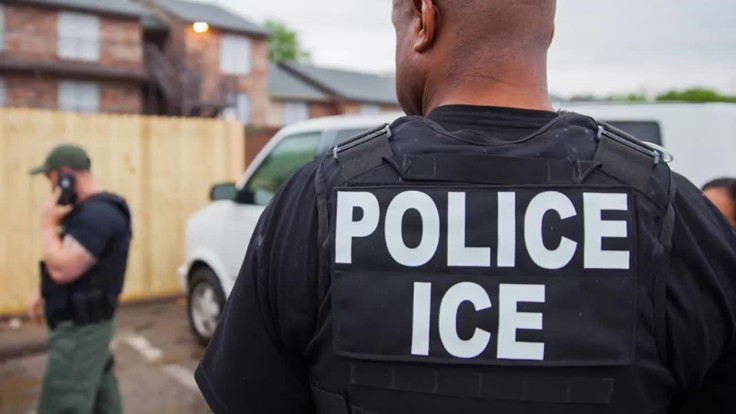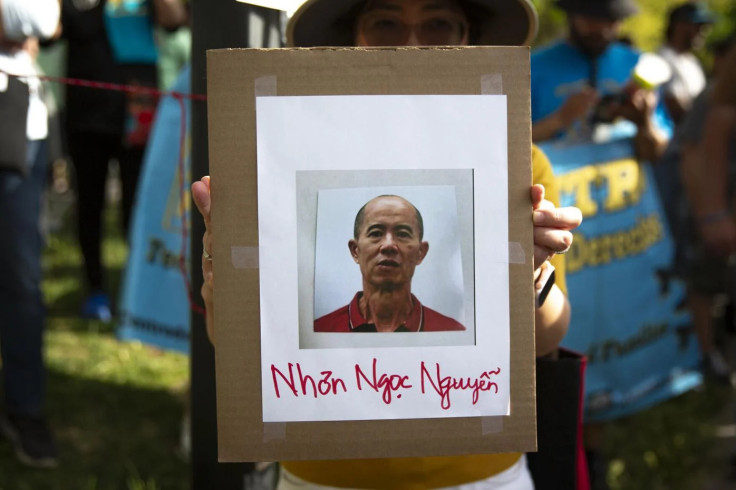
In the first three months of 2025, seven migrants died while in the custody of U.S. Immigration and Customs Enforcement (ICE). Their names and stories span continents—from Ukraine to Haiti, Honduras to Vietnam—but they all share a tragic common thread: they died in U.S. detention facilities under President Donald Trump's newly reinstated administration, at a time when immigration enforcement has ramped up with renewed intensity.
The deaths, spread across six states and territories between January 23 and April 25, raise alarms among advocates, medical experts, and civil rights groups who say ICE's detention system is once again failing to protect the people in its care.
The Names Behind the Numbers
Genry Ruiz Guillén, 29, from Honduras, died on January 23 at the Krome North Processing Center in Florida. He was suffering from rhabdomyolysis, a potentially fatal condition that leads to muscle breakdown and kidney failure. Doctors say timely medical intervention could have saved him.
@uninoticias ➡️Exclusiva: habla la madre del inmigrante hondureño que murió bajo custodia de ICE en Florida. Genry Ruiz Guillén, 29 años, murió bajo custodia del Servicio de Inmigración y Control de Aduanas (ICE) luego de estar detenido durante varios meses en el Centro de Procesamiento de Krome en Florida. Desconsolada, su madre cuenta cómo se enteró de la muerte de su hijo, quien trabajaba en construcción y llegó a Estados Unidos en busca de oportunidades. Informa Vilma Tarazona. 📺 Más del Noticiero Univision a las 6:30pm/5:30C y Edición Nocturna a las 11:30pm/10:30C. #inmigración #ICE #Florida #migrantes #migrants #indocumentados #Honduras #Uninoticias UnivisionNoticias.
♬ sonido original - Univision Noticias
Just six days later, on January 29, Serawit Gezahegn Dejene, a 45-year-old asylum seeker from Ethiopia, died in ICE custody in Arizona. His cause of death remains publicly undisclosed.
Maksym Chernyak, a Ukrainian man, became the second person to die at Krome within a month. He was pronounced dead on February 20 after being detained while seeking refuge from the ongoing war in his home country.
@itsallisxn Maksym Chernyak, Ukrainian citizen passed in Krome Detention #kromedetention #maksymchernyak #immigration #ice #miami #florida #fyp #breakingnews #greenscreen
♬ original sound - ItsAllisxn | TV
Then, in Puerto Rico, Juan Alexis Tineo-Martínez, a 44-year-old Dominican man, died just three days later, on February 23. He had been picked up after a maritime interdiction and transferred to ICE custody. He deteriorated quickly. His family still hasn't received full records of his care.
📢 Juan Alexis Tineo Martínez murió bajo custodia de ICE en Puerto Rico el 23 de febrero de 2025. Tenía 44 años y era ciudadano dominicano.
— Kilómetro Cero (@Kilometro0PR) May 5, 2025
✔️ Este es el primer caso de muerte bajo custodia de ICE que Kilómetro 0 haya podido documentar en 2025.
Aunque estos casos no sean muy… pic.twitter.com/KvJHJw6C8F
In March, Brayan Rayo-Garzón, 27, a Colombian national, hanged himself in a Missouri jail contracted by ICE. His death reignited concerns about the system's failure to offer adequate mental health services to detainees—especially those held in prolonged, isolated confinement.
Nhon Ngoc Nguyen, a 55-year-old Vietnamese man, died in a Louisiana facility on April 16. ICE labeled the death as due to "natural causes," a term often questioned by independent pathologists when used in detention cases with limited oversight or care history.

Finally, on April 25, Marie Ange Blaise, a 44-year-old Haitian woman, died at the Broward Transitional Center in Florida after complaining of chest pain. Advocates say her death mirrors other cases where migrant women's symptoms were dismissed or downplayed.

A Broader Pattern Under Trump
All seven deaths occurred under the first 100 days of Trump's return to office, during which he has aggressively revived hardline immigration policies. Deportations and detentions have increased. Maritime interdictions have intensified. The administration has expanded the use of expedited removal and reduced funding for humanitarian services inside detention centers.
ICE has said it is investigating the incidents and that medical protocols were followed. But families and watchdog organizations are demanding accountability—and transparency. Few official autopsies have been released. No ICE employees or private contractors have faced consequences.
According to Detention Watch Network and the American Civil Liberties Union (ACLU), more than 200 people have died in ICE custody since the agency's creation in 2003. Advocates fear 2025 could become one of the deadliest years yet if current trends continue.
© 2025 Latin Times. All rights reserved. Do not reproduce without permission.







